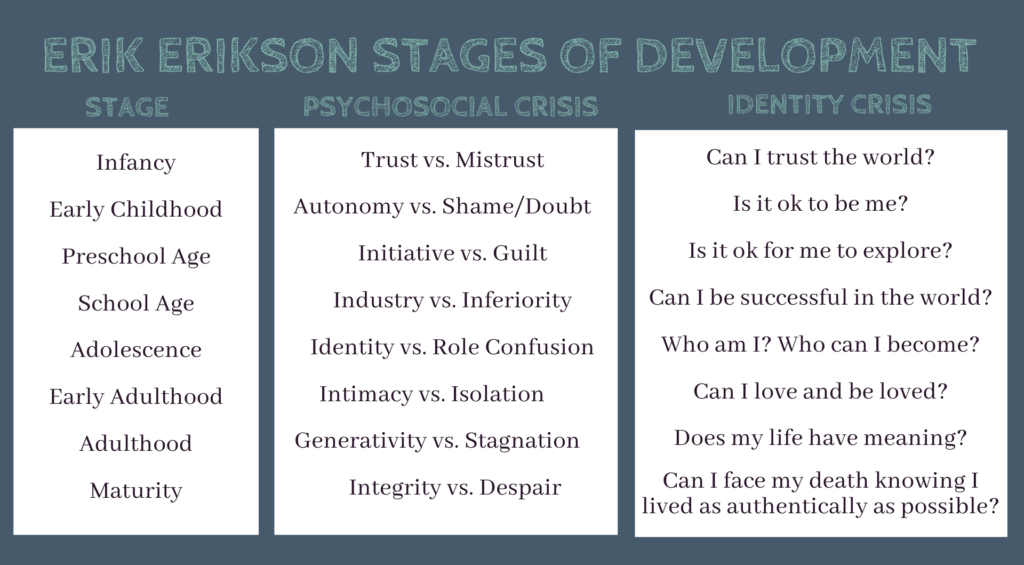One of the fundamental paradoxes of our human experience is that we seem to be as much alike as we are unique. Life is a tug-of-war between similarity and individuality, between connection and independence. Whether it’s the family we’re born into, family of choice, or a combination of both, it’s imperative that we belong to a group, that we find our tribe, that we are accepted. UCLA research psychologist Naomi Eisenberger has studied the way emotional rejection affects brain activity. Using fMRI scans, she and her team wanted to observe how rejection, what they call “social pain” shows up neurologically. Their studies suggest that our brains make no distinction between emotional and physical pain, which can explain common phrases like “broken heart” and “hurt feelings.” Similar research has found that even seeing a video of disapproving faces activates the same neural pathways as physical pain. Babies, in contrast to offspring in much of the animal kingdom, are completely dependent on caregivers for many years after birth. This teaches us that physically and psychologically, acceptance, belonging and connection are matters of life and death. No wonder rejection is painful! And the need to belong isn’t confined to an angsty teen journal entry, it’s a lifelong psychological necessity.
Yet, from the moment we enter this world kicking and screaming, we fight to express our individuality. The need to be seen and understood as separate and unique is as fundamental as the need to belong. That’s one reason the teen years are so emotionally complex. Teens are in the process of incorporating new awareness of who they are in the context of dramatically shifting relationships to their family of origin and their peer group. It is crucial for teens to experiment with identity because part of the process of finding out who they are involves finding out who they are not. And while this process may begin in puberty, it continues for the rest of our lives. In many ways the so-called “midlife crisis” is a confusing transition much like the teen years and can bring up many similar questions. Who am I? Do my patterns and relationships encourage my growth or are they just familiar? Do I still find fulfillment in the same way I did five or ten years ago? If not, what does that mean? Am I really living my own life or just pleasing those around me? Am I motivated because this is what I want, or because I’m addicted to the approval of others?
Erik Erikson (1902-1994) was a psychologist and psychoanalyst who coined the term “identity crisis” and created a map for development across the course of an entire lifetime. In each stage we must come to terms with two extremes, and hopefully find ourselves somewhere in a healthy middle ground. Extreme polarization during any phase will affect our identity, relationships, and our ability to negotiate our individual path for all subsequent stages.

But the good news is that humans are astoundingly resilient, and nobody sails through all the stages of life without significant grief, loss and injury. After trauma and polarization, it is possible to process our experiences, to put them into a larger perspective, and to find our own authentic path forward. That is what the psychotherapeutic process is all about.
Life is constantly vacillating between our needs for connection and independence. How can we negotiate these fluctuating needs more consciously? Is it possible to hold the awareness of both simultaneously? Can we be our quirky, imperfect, totally unique selves, and yet feel a sense of connection? Can we appreciate another’s individuality, and yet recognize our shared humanity? We are all the same, and we are all unique.


uEOQiCyGkWLmpfn
uYwFOTlxM
MUhJgcnBtysH
WosSwIPQZpVdyxt
oLSkwCuOTfintp
eWbkrDXth
wPSqbtCVzOW
qwORXIglGyUu